Hi! Thanks for your question. Avoiding putting pressure on the radial nerve is definitely important to be thinking about in general in your rope practice. However, you will notice that this tie doesn’t sit on the lower third of the upper arm, between the bicep and the elbow, and you should be able to avoid placing rope in that region by being mindful of your placement. Additionally, because of where the tie loads from, most of the rope in the harness is pulled away from the inner arm where nerves tend to be more exposed.
It’s also good to pay attention to not just where rope is on the body but where rope is loaded on the body. In this harness, most of the load will be distributed to the upper wraps (closer to the armpit) when loaded in facedown and inversion positions. And load will sit more on the forearms in more upright positions. So it’s unlikely, both in how this harness is tied and how it’s loaded, that the rope closest to the elbow will be a cause of nerve issues in this tie.


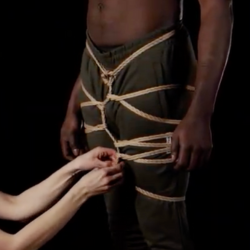
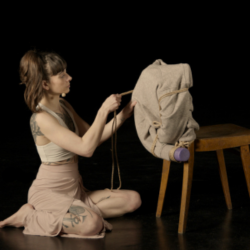
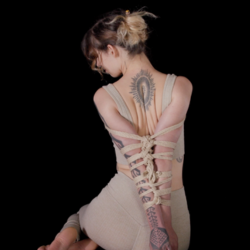
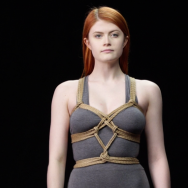
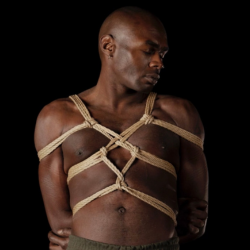
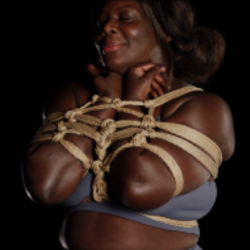
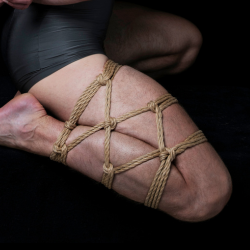
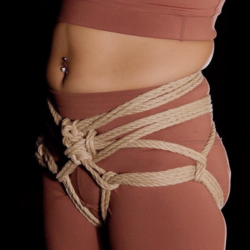
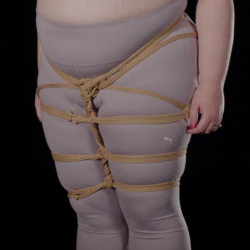
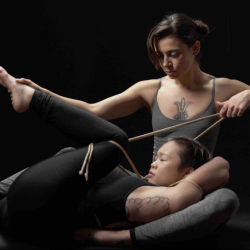

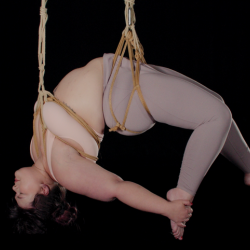
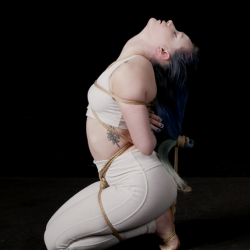
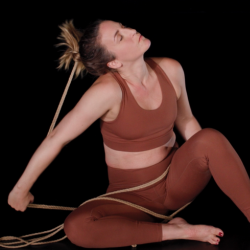
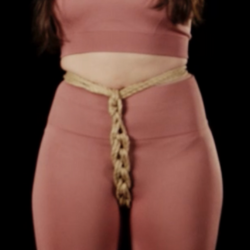
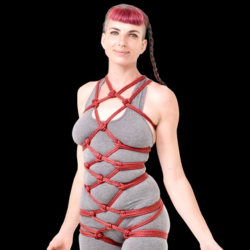



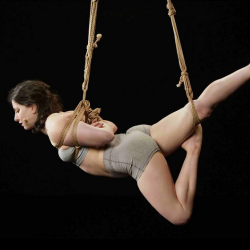
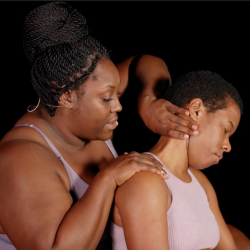
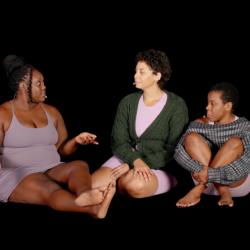
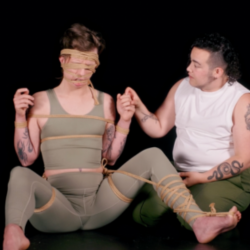
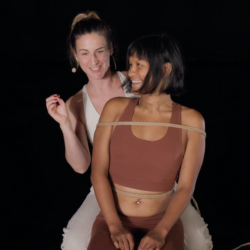
Replied on Tenshi Harness by Ropunawa (UNPUBLISHED)
19 Mar 15:16
Ropunawa shared that they see far more ulnar nerve issues than radial in this tie, and haven’t seen issues with motor function (which is what we’re worried about when we’re thinking about the radial nerve above the elbow). However, nerve issues can definitely arise in this harness. As mentioned in the video, tying with a looser tension and a looser single column tie are both important to avoid nerve injuries. Your bottom should be checking for nerve issues when in this tie and communicating about any indicators of nerve compression that they’re feeling.